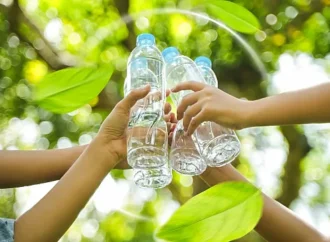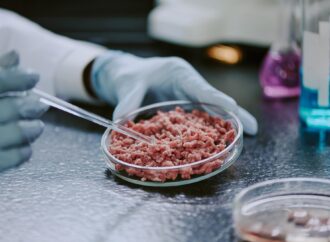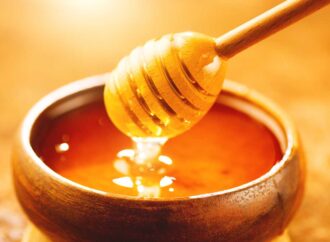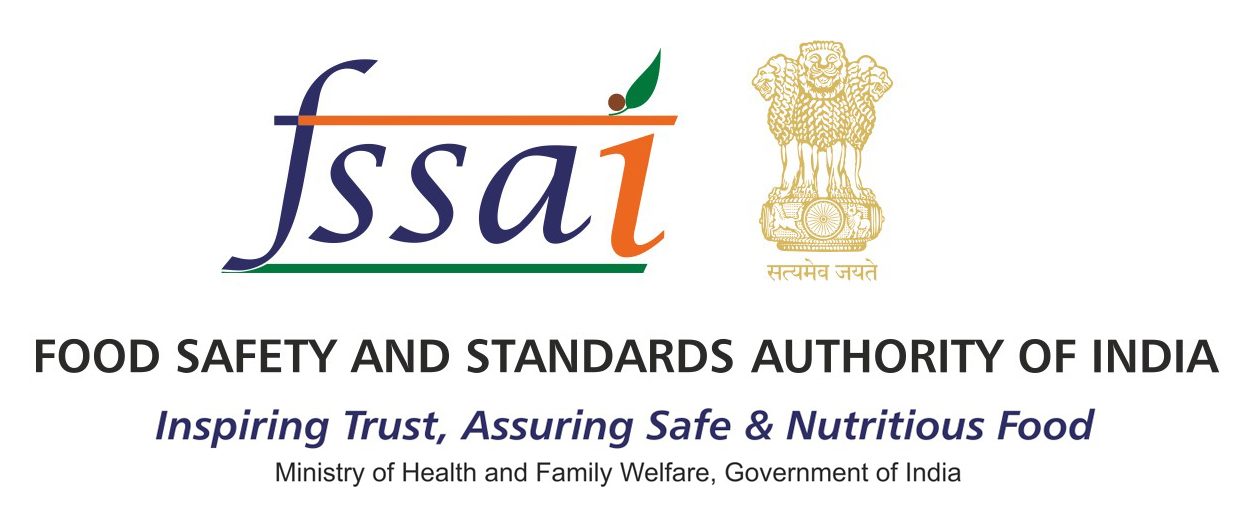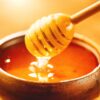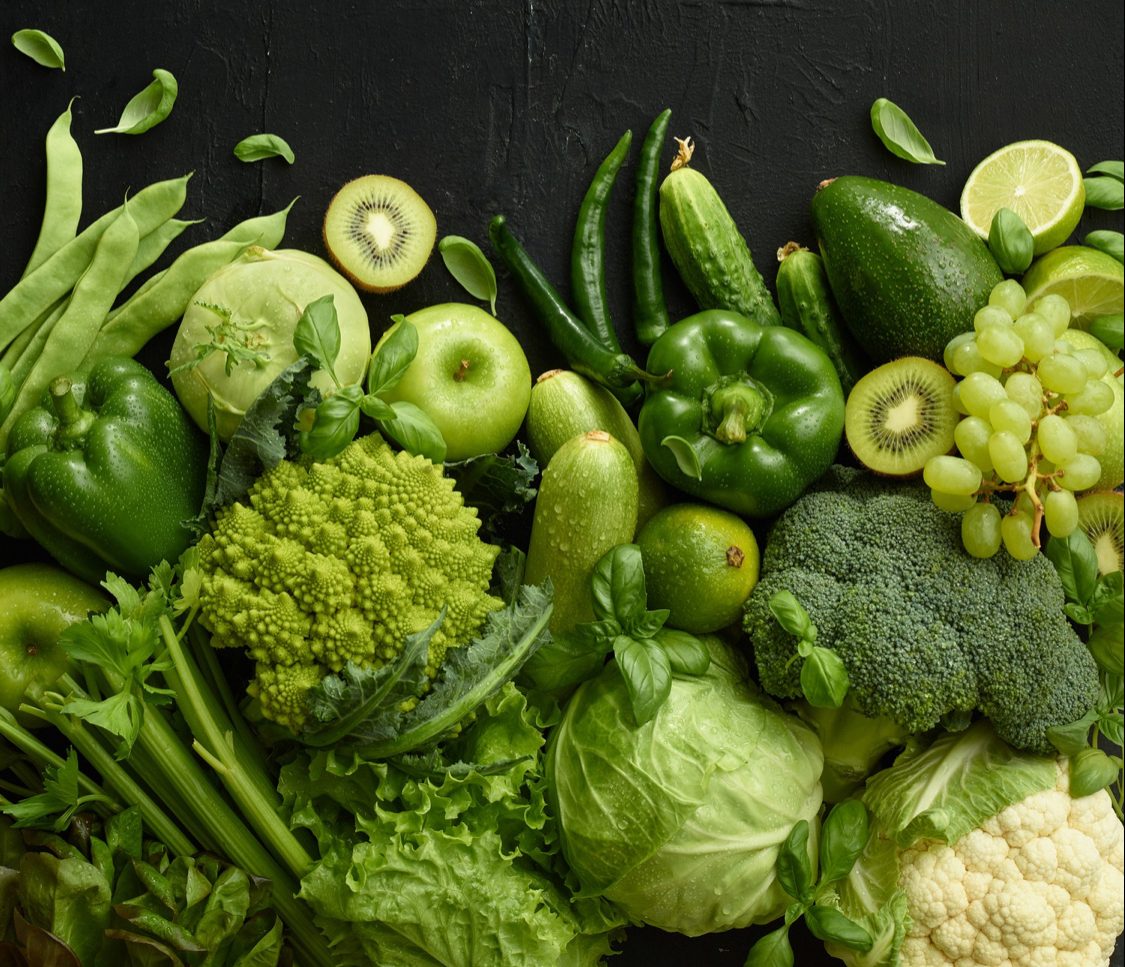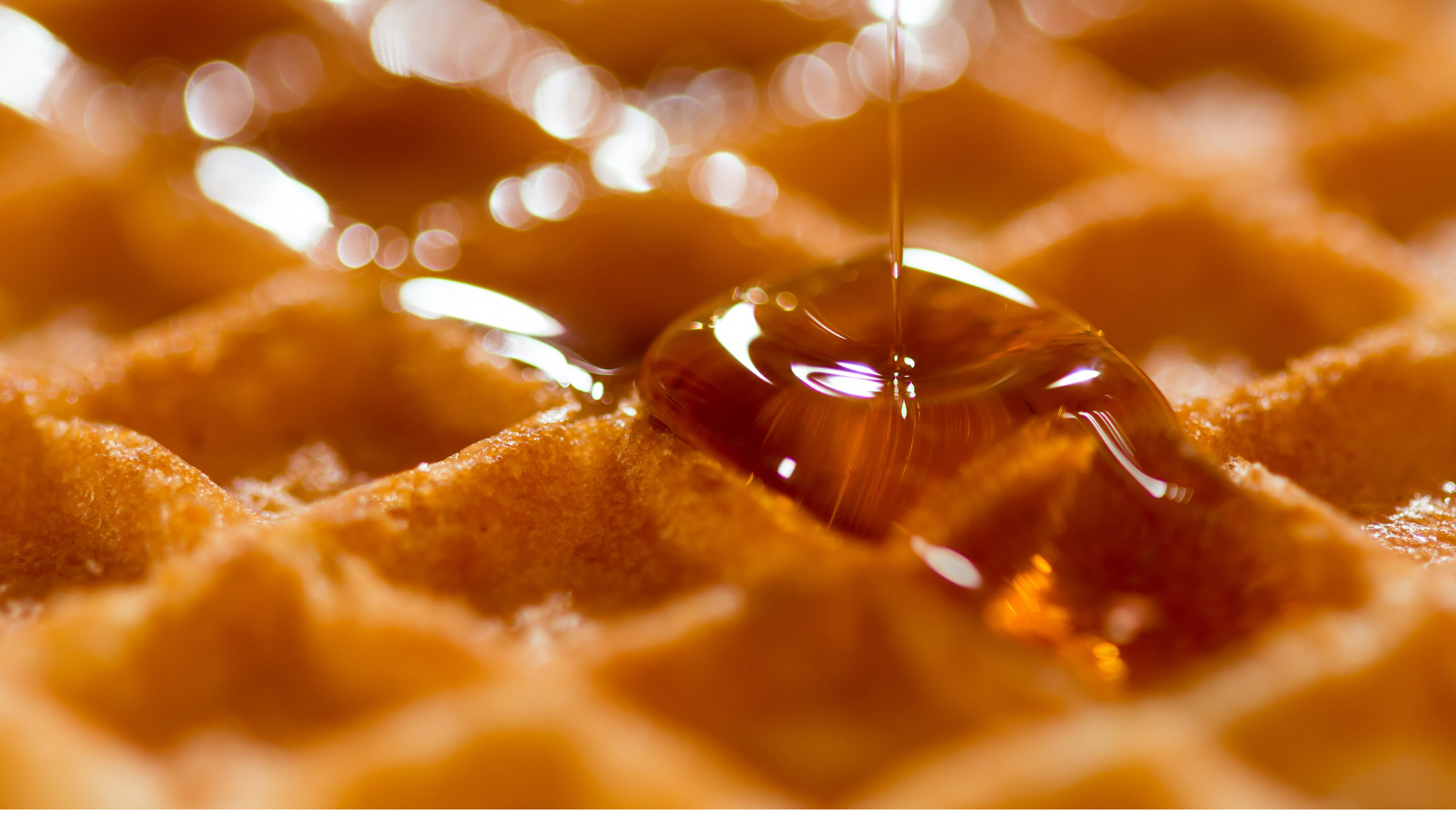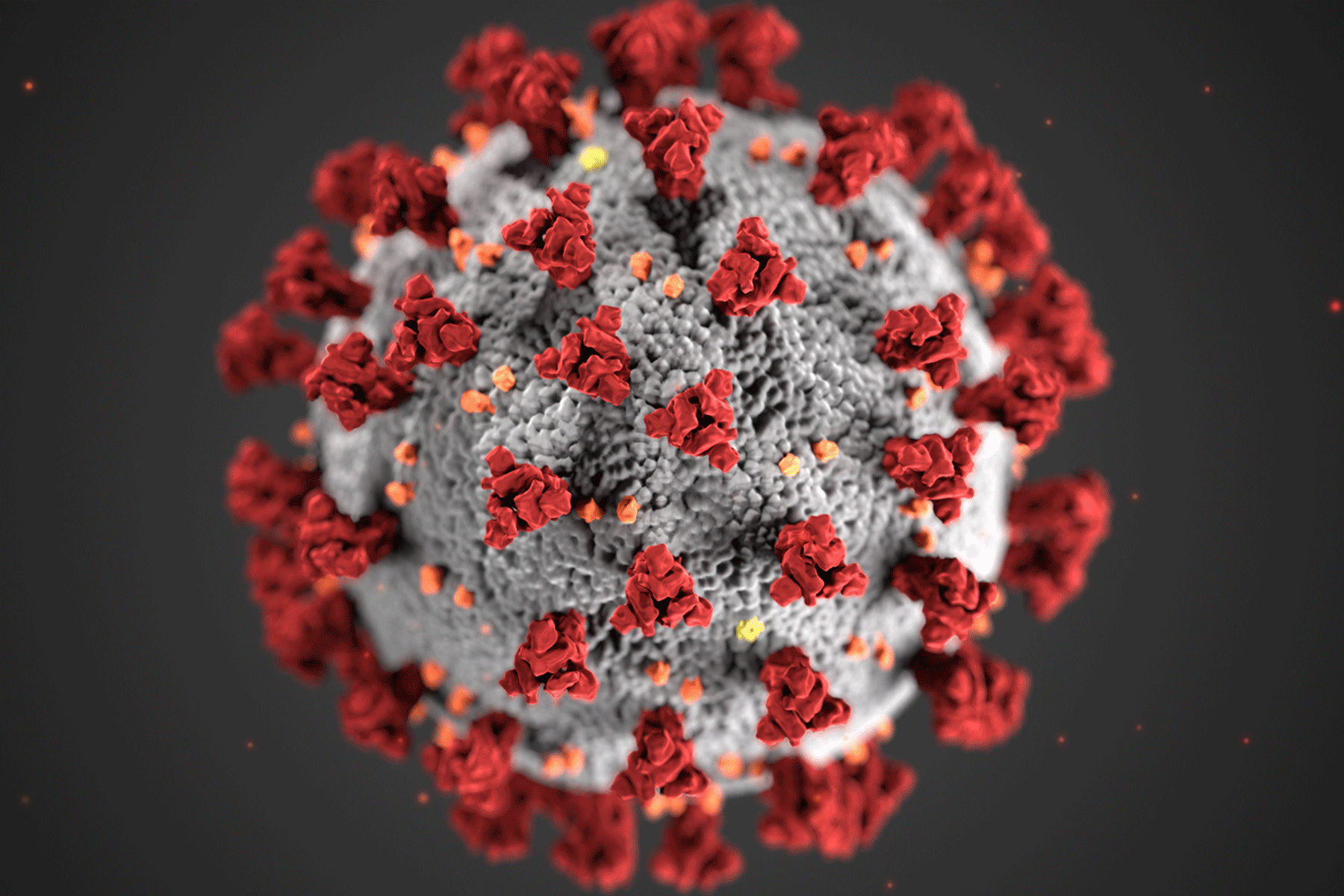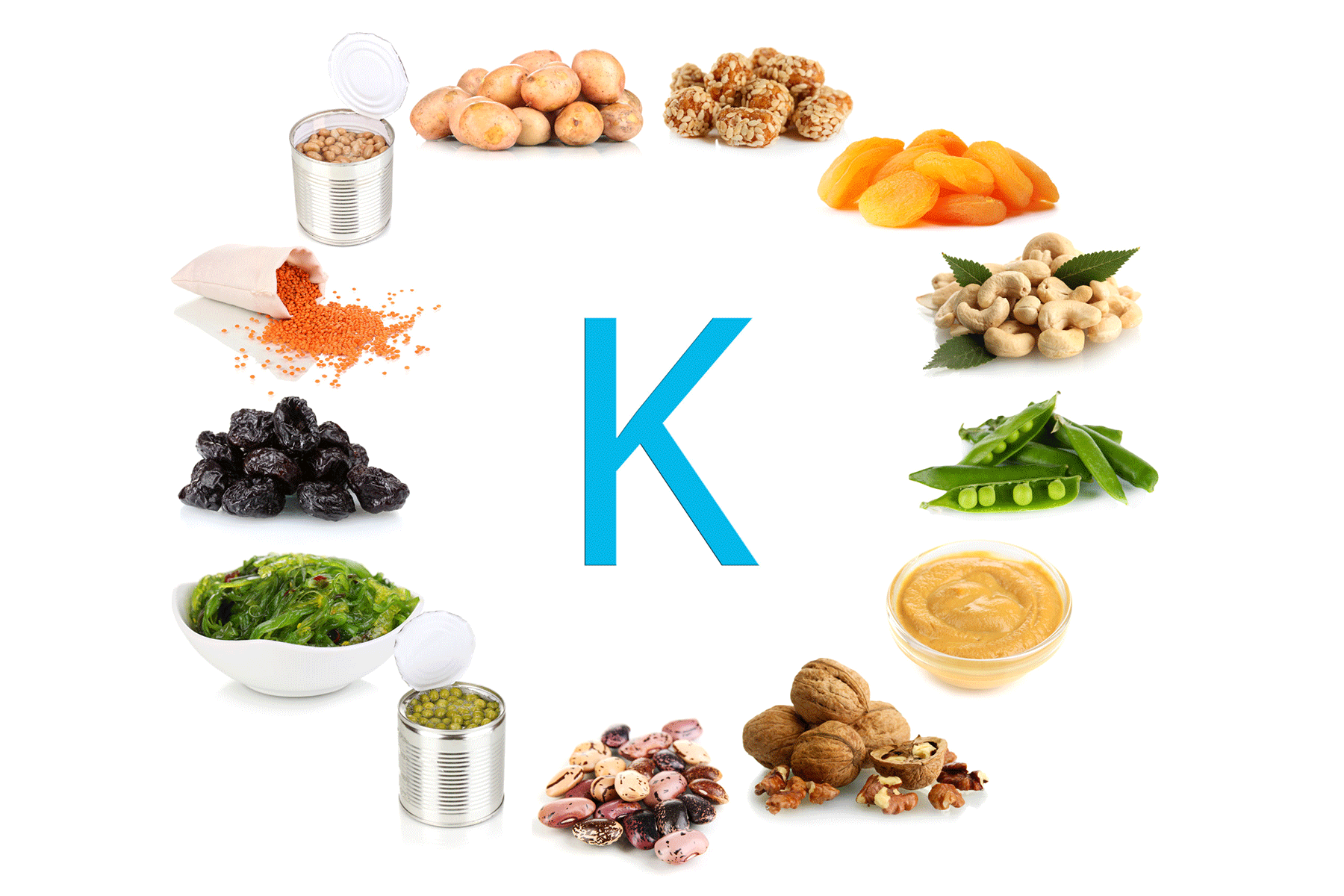These days, food packages flaunt the label “Preservative-Free” like a health badge. And let’s admit it—most of us feel good about choosing them. The term sounds natural, healthy, and safe. We believe we’re avoiding harmful chemicals. But here’s the truth: preservative-free doesn’t always mean safer. These foods can spoil faster and pose risks if we don’t store them properly. Many people assume all preservatives are harmful, but that’s not entirely true. Removing preservatives without proper care can sometimes make food more dangerous. So, before we celebrate that label, let’s take a closer look at what it means.
What are preservatives?
Preservatives keep food from spoiling too quickly. They prevent the growth of bacteria, mould, and fungi, which helps food stay fresh and safe to eat for longer. Not all preservatives come from labs—many are already in your kitchen. Salt, vinegar, sugar, and lemon juice are natural preservatives. Our grandmothers used them to pickle vegetables and store chutneys for months. So, preservatives aren’t always “bad chemicals.” Some are natural, safe, and have stood the test of time.
Why do we use preservatives?

Imagine you buy a bottle of fruit juice. Without preservatives, you must finish it in a day or two—otherwise, it spoils quickly. But when manufacturers add safe levels of preservatives, the juice can last for weeks without going bad.
Here’s why preservatives matter:
- They stop harmful bacteria from growing. Some microbes, like Listeria or Salmonella, cause serious illness if they multiply in stored food. Preservatives prevent this.
- They help reduce food waste. When food stays fresh longer, fewer people throw it away.
- They make distribution easier. Since many towns and villages lack cold storage, preservatives help food travel safely from factories to remote stores.
So, preservatives play a key role in keeping our food safe.
But aren’t some preservatives harmful?
Yes, some synthetic preservatives can harm you if you consume them in large amounts or for a long time. That’s why food safety authorities like FSSAI (India), FDA (US), and EFSA (Europe) set clear limits. Manufacturers must follow these rules to sell food legally.
For example:
- They allow sodium benzoate in fruit juices but only within fixed limits.
- They regulate nitrates and nitrites used in processed meats strictly.
The key is moderation. Using a small, approved amount keeps food safe. But long-term overuse, especially in junk or highly processed food, causes problems.
So, is “preservative-free” always better?
Not necessarily. Imagine you buy a preservative-free sandwich from a café. It may taste fresh, but if someone leaves it out too long, bacteria can grow. In this case, it could pose more risk than a packaged sandwich that contains a small amount of preservatives and has been stored properly. Preservative-free foods often need refrigeration, careful packaging, or quick consumption. If people don’t follow these steps, the food can spoil quickly and cause food poisoning. So, “preservative-free” sounds great on the label, but the food is only safer when handled and stored properly.
Are there safer alternatives to preservatives?
Yes. Food makers today use other techniques to make food last longer without adding chemical preservatives. Some of these include:
- Vacuum packing – removing air so bacteria can’t grow.
- Pasteurisation – using heat to kill harmful microbes (like in milk).
- Fermentation – using good bacteria to keep food safe (like in curd or pickles).
- Natural preservatives – using rosemary extract, lemon juice, or clove oil.
These methods are useful, but they also cost more and may not work for all types of food. That’s why some packaged food still needs preservatives, especially when sold in hot or remote places.
What Should You Look for as a Consumer?
When choosing foods, it’s important to look beyond just the “preservative-free” label. Here are some key points to keep in mind to make safer and smarter choices:
- Read the label.
Don’t panic if you see preservatives listed. Check if they’re permitted additives (you can look up their E-numbers or names on FSSAI’s website). - Watch the storage instructions.
If a food says “Keep refrigerated” or “Consume within 2 days,” follow that strictly—especially if it’s preservative-free. - Avoid over-processed junk food.
These usually have too many additives, even if they’re within legal limits. - Buy from trusted sources.
Whether it’s a supermarket or a local vendor, ensure they follow basic hygiene and food safety standards.
Final thoughts
Preservatives are not the villain they’re often made out to be. When used within safe limits, they protect us from harmful microbes, reduce waste, and keep food safe for longer. At the same time, blindly trusting “preservative-free” labels without checking how the food was stored or made can also be risky. The goal isn’t to fear preservatives or glorify their absence. It’s to stay informed, read labels, and make balanced choices. After all, food safety isn’t just about what’s in your food, but also how it’s made, stored, and handled.
 Food Manifest
Food Manifest 

